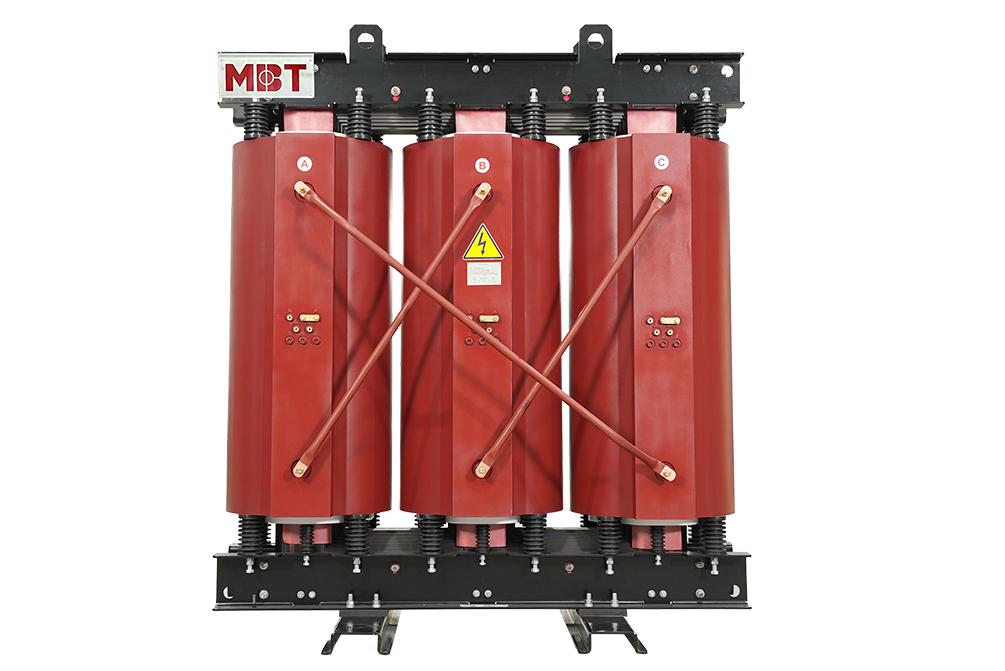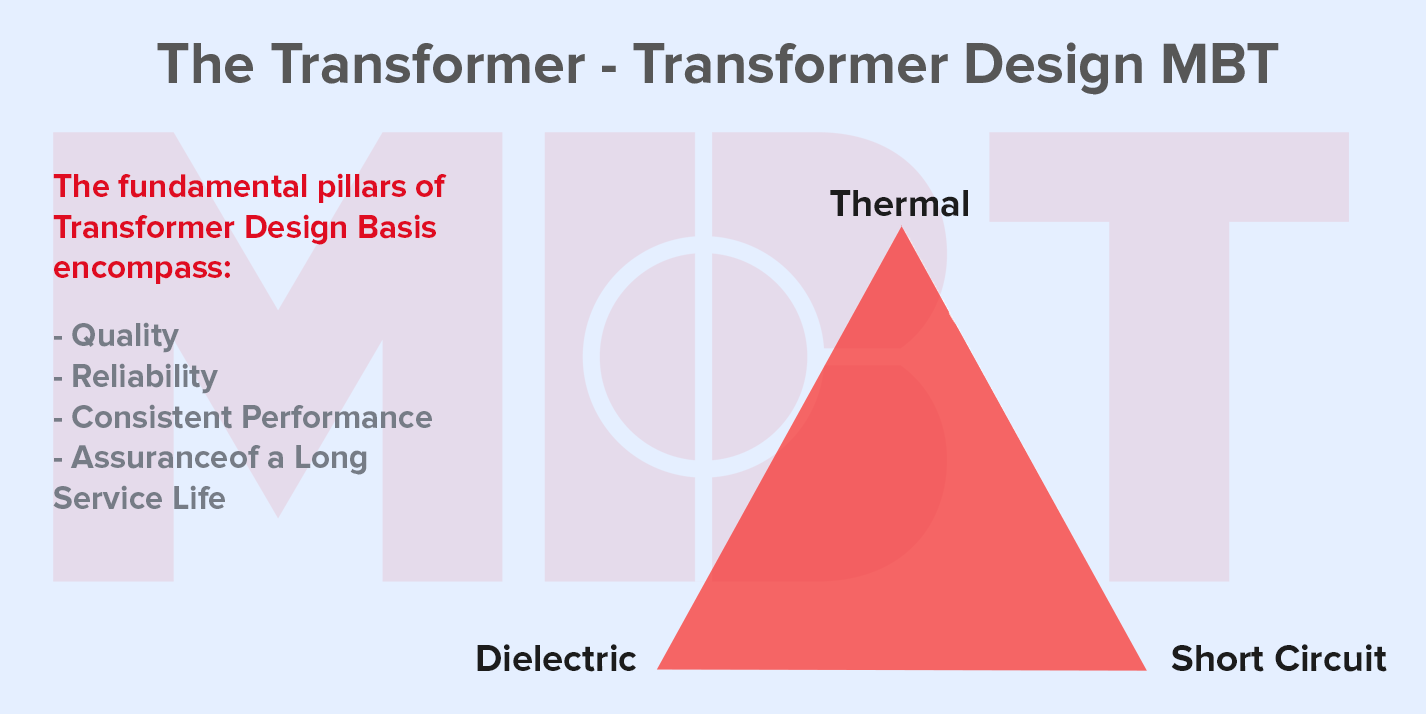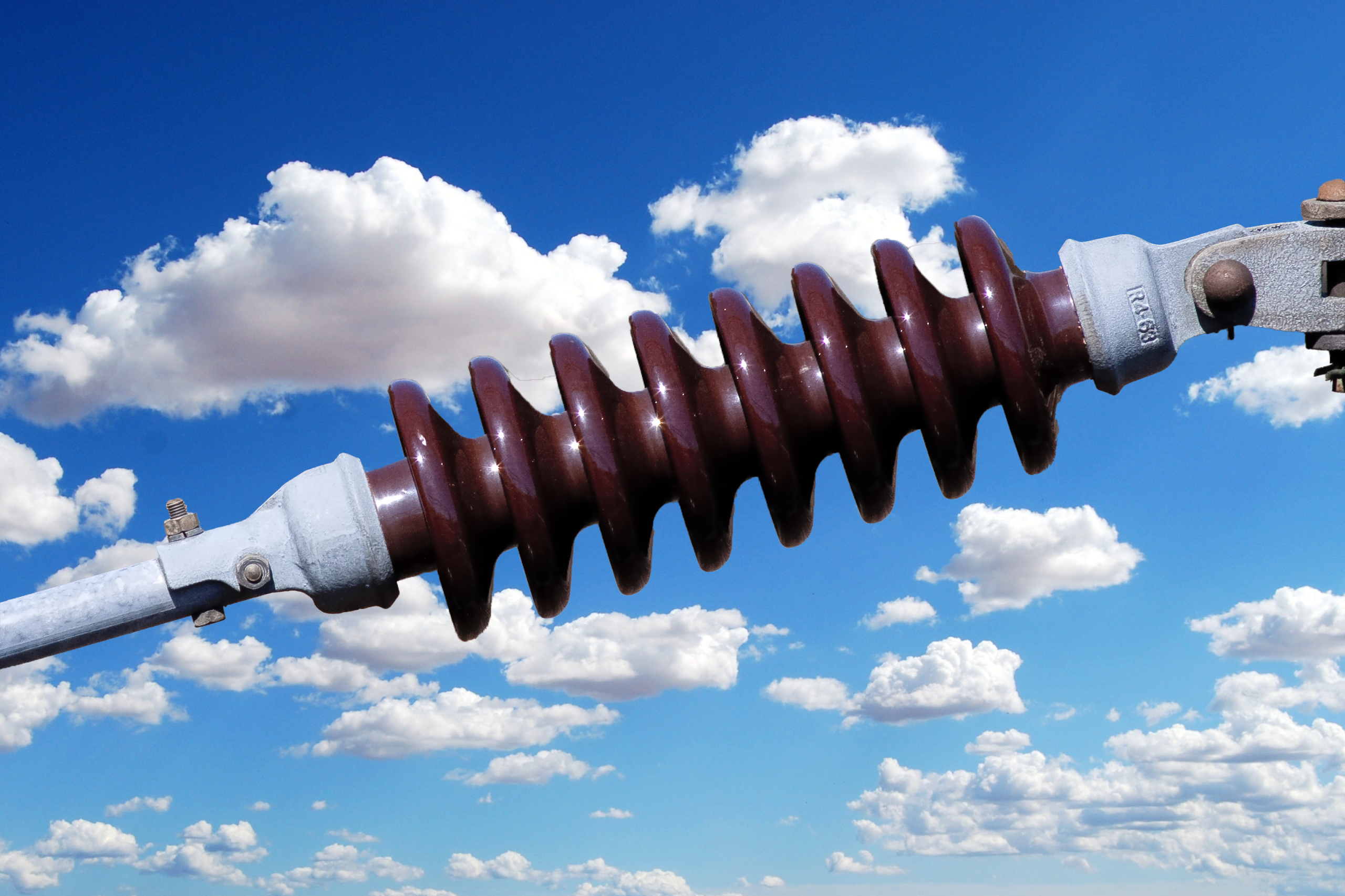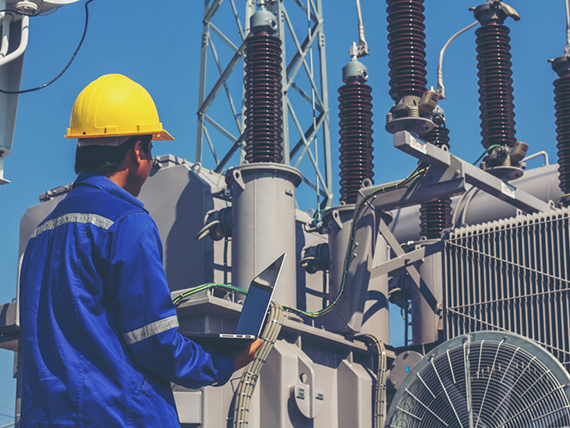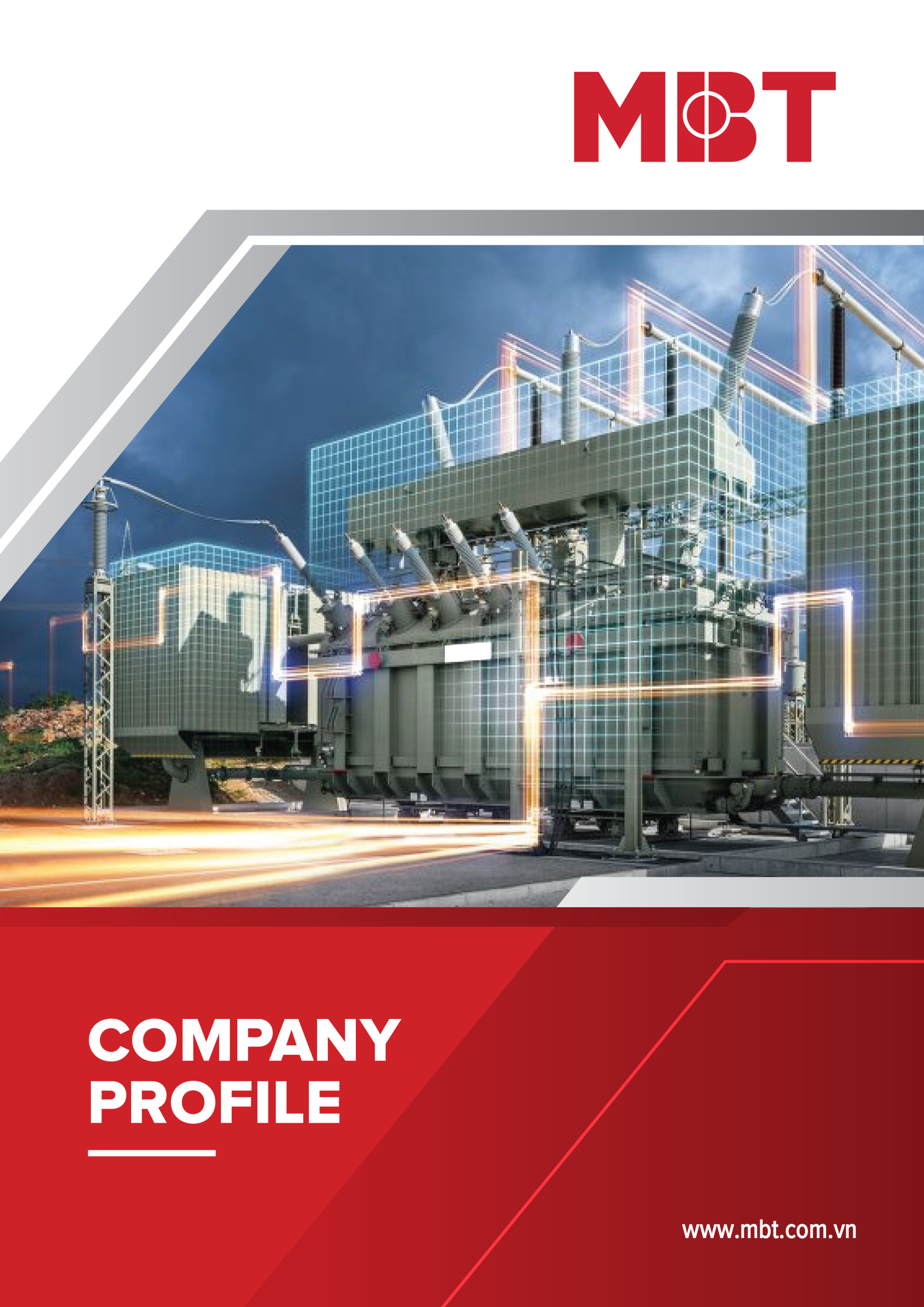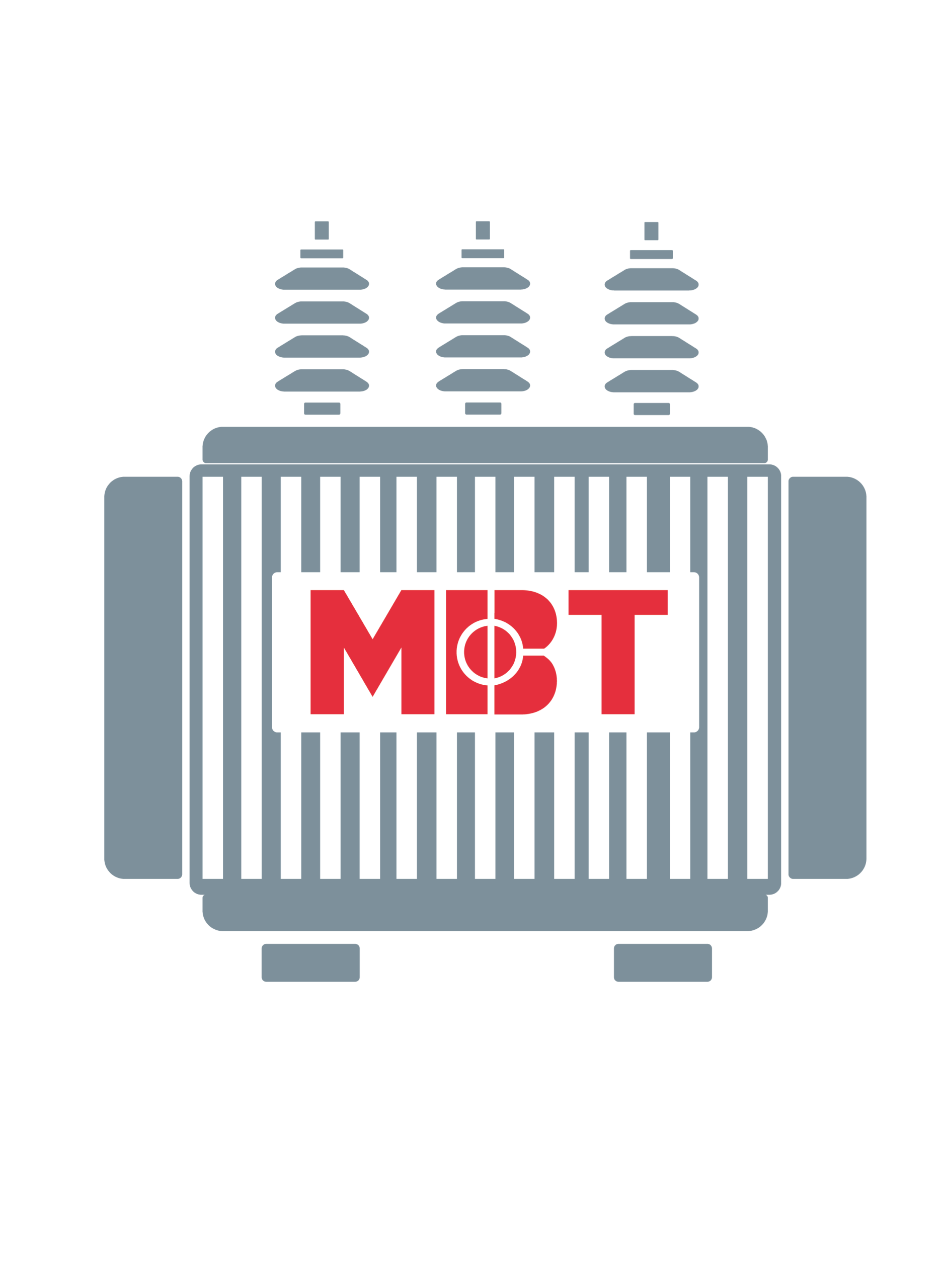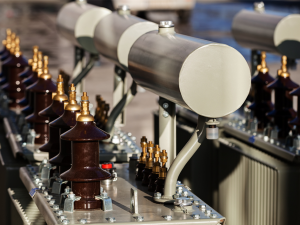
Transformer accessories
Transformer accessories – Some common accessories in a transformer
The transformer accessory is not the most important piece in a transformer, it makes the transformer easy to operate and easier to maintain. Without accessories, the transformer would be extremely rudimentary and inefficient. So, what are popular transformer accessories? Joint with MBT to know in the article below.
Table of contents
12. Conservator Tank of a Transformer
13. Explosion Vent of Transformer
1. Liquid level gauge, accessory in liquid transformer
A liquid level indicator is provided to assist with the transformer's systematic testing under load. It consists of a float arm inside the tank, an indicator pointer and magnetic coupling between the two via a tight liquid separator.
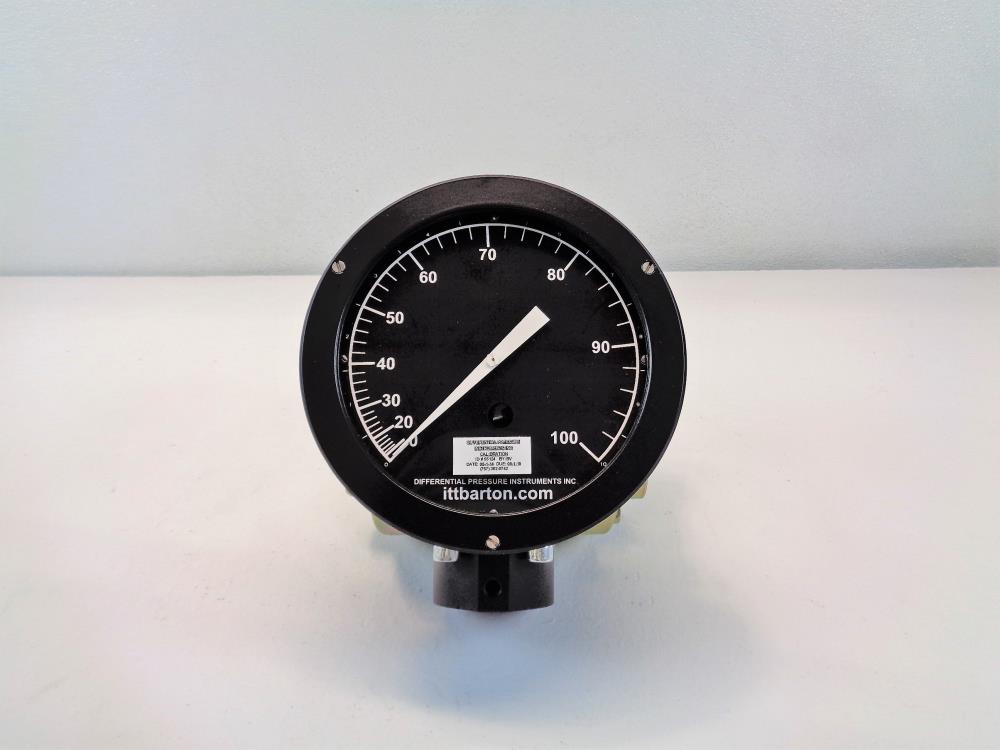
Figure1: Liquid level gauge
The meter can be equipped with SPDT (Double Single Pole Throwing) warning contacts for remote notification of low liquid level. For wiring points and contact terminals, see diagrams for connection of accessories equipped with the transformer.
Related article: Oil-immersed transformer
2. Liquid temperature gauge – transformer accessories
The thermometer is equipped to indicate the highest liquid temperature in the tank in degrees Celsius. The temperature-sensitive element is mounted in the leak-proof well, allowing the thermometer to be removed without reducing the oil level
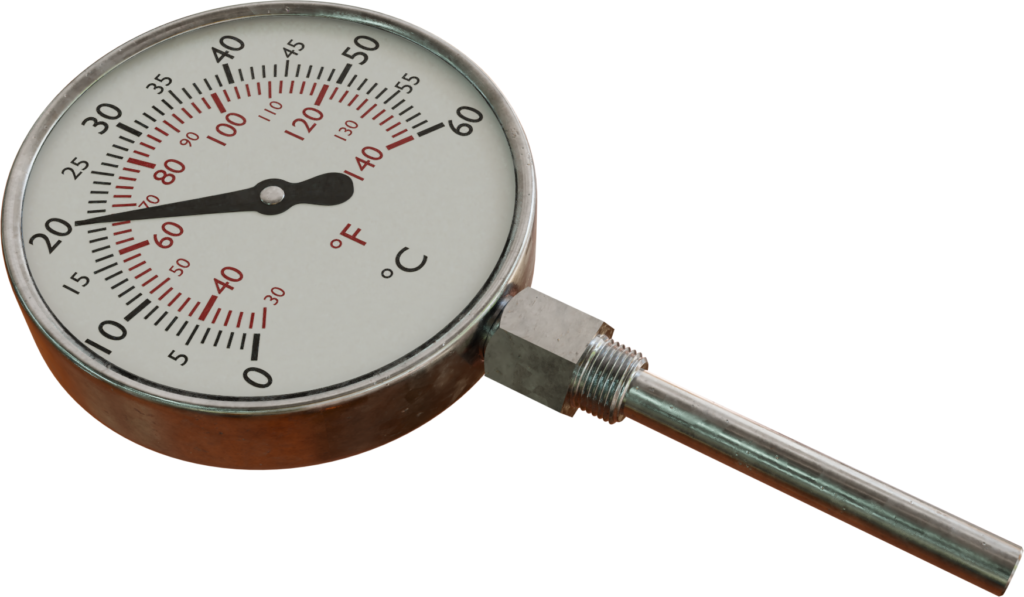
Figure 2: Liquid temperature gauge
The device is equipped with a red pointer to show the highest temperature achieved since the last reset. To reset the maximum indicator, rotate the knob in the center of the watch face. The thermometer can be equipped with two SPDT contacts for high-temperature alarms, powering fan circuits, or low-temperature alarms.
3. Pressure-vacuum gauge
The vacuum pressure gauge shows whether the air space in the vessel is under positive or negative pressure. The pressure will vary depending on the transformer temperature. If the transformer loses power or operates under light load in a low ambient environment, the pressure may be negative.
This in itself is nothing to worry about, as long as the pressure vacuum gauge does not remain at zero for any length of time showing signs of a leak. The device can be equipped with a pressure vacuum switch with two SPDT contacts for remote warning of positive and negative pressure.
For wire and contact ratings, refer to the schematic provided with the supplied transformer.
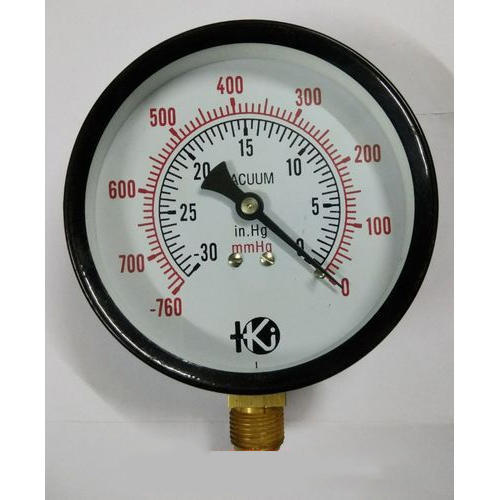
Figure 3: Pressure-vacuum gauge
When requested, the pressure gauge is equipped with a pressure regulator that automatically adjusts the tank pressure to a range from 7.0 psig positive to 3.0 psig negative. The pressure regulator is fitted with valves and joints for gas sampling.
4. Pressure relief device
All transformers of the substation are equipped with:
Mechanical pressure reducing valve (PRV), or
Pressure relief device (PRD).
The lid-mounted PRD includes a self-healing spring diaphragm, and a mechanical action indicator. If the tank pressure rises above the device's level, the air pressure will lift the diaphragm and allow the air to escape quickly. As soon as the pressure returns to normal, the diaphragm will reset and reattach the transformer.
Related article:
three phase amorphous transformer
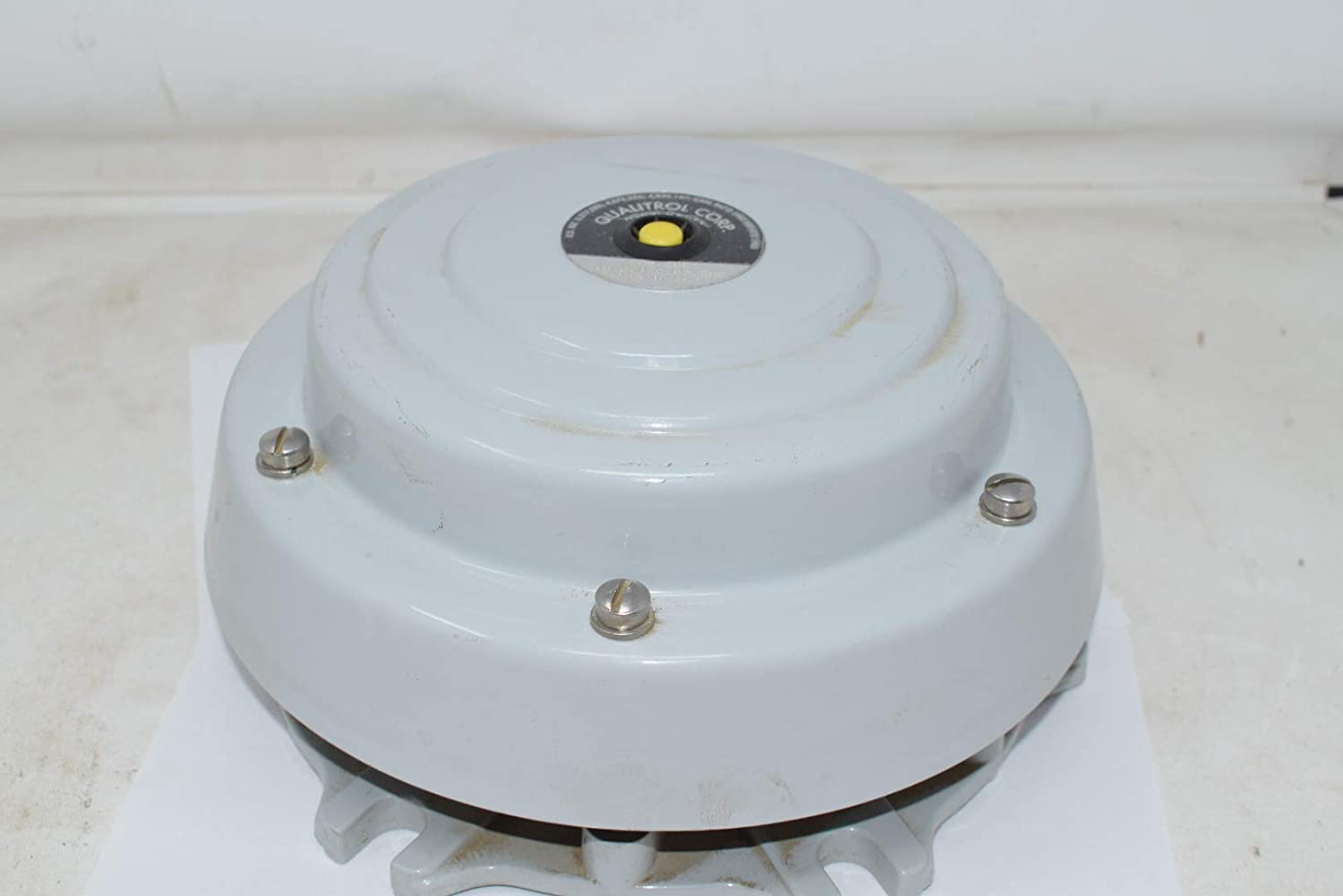
Figure 4: Pressure relief device
A mechanical indicator will protrude vertically. This must be manually reset to indicate next action.
5. Winding temperature gauge
The transformer can be equipped with a winding temperature gauge as optional equipment. A temperature-sensitive body is mounted in the leak-proof well, allowing both the device and the body to be removed without reducing the liquid level.
The combination of the two temperatures is indicated on the meter. An additional red pointer is equipped to show the highest temperature achieved since the last reset.
The meter has three separate SPDT switches to control the fan and alarm circuit. For connection setting wiring, refer to the schematic provided with the supplied transformer.
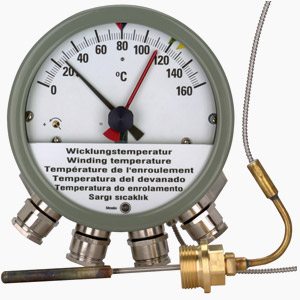
Figure 5: Winding temperature gauge
The device is calibrated to indicate the hottest point of the transformer winding. All contacts are installed in the factory to operate at the temperatures shown in the connection diagram. If you want to re-adjust the contacts, consult the manufacturer for detailed instructions.
6. Transformer cooling fans
If you want to increase the transformer load without overheating the windings, a fan unit can be equipped as an option. Full controls include contact on liquid temperature gauge or coil temperature gauge (when equipped) and "Manual – Automatic control switch".
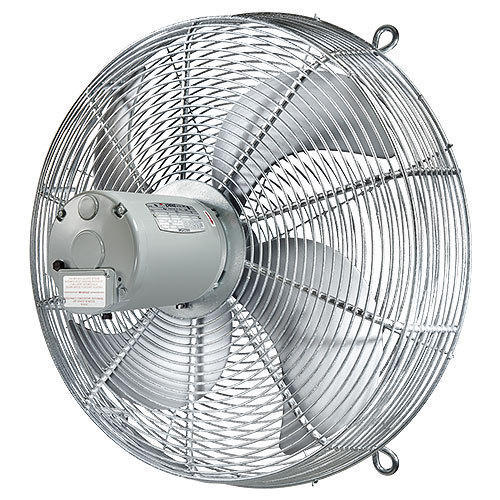
Figure 6: Transformer cooling fan
For continuous running, the switch is changed to the "Manual" position. In the "Auto" position, the fan is controlled by the temperature gauge's contact points. For exposure and temperature settings refer to the schematic fitted with the transformer provided.
7. High voltage bushings
High voltage conductors for parameters 2 .4 kV or more are typically passed through the tank's bottom wall using a ceramic bushing. To prevent mechanical overload of the bushing, only soft connections should be made to the bushing connector.
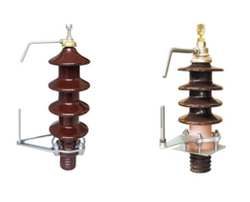
Figure 7: High voltage busing
Bushings should never be used as a structural part to support other current carrying parts.
If it is necessary to replace its bushing or gasket, proceed as follows:
- Ventilate the tank to atmosphere until the pressure is zero.
- Lower the liquid level to a level lower than the bushing level.
- Remove the nuts and washers used to clamp the bushing flange.
- Pull out bushing if necessary to replace gasket and / or to disconnect cable at inner end of bushing.
Only in rare cases will there be insufficient slack in the cable to facilitate wall-piercing replacement. An alternative means of accessing connections is through manholes.
When reassembling bushing, install a new gasket in the gasket recess on the lower side of the flange to ensure the gasket is properly positioned in the groove. Flat washers and washers with locks should be placed between the mounting nut and the flange. After nuts are tightened with fingers, each nut should be tightened with a torque of 60 ± 5 inches pounds.
8. Low voltage bushings
Low voltage conductors for ratings in Category 1 .2 kV are typically passed through the wall of the tank using indoor bushing. This is a molded plastic or ceramic bushing.
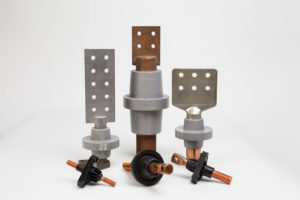
Figure 8: Transformer low voltage bushing
Low voltage bushing should not be used as a structural part.
If bushing is damaged and transformer coolant leaks, contact your factory representative for proper repair procedures.
9. De-energized tap-changer
The tap-changer provides a means of changing an unpowered transformer's voltage ratio without breaking the transformer sealing. It is operated with a rotating handle located on the side of the transformer. The tap changer is usually supplied with five or seven positions, as indicated on the tap-changer dial pad and transformer instruction nameplate.
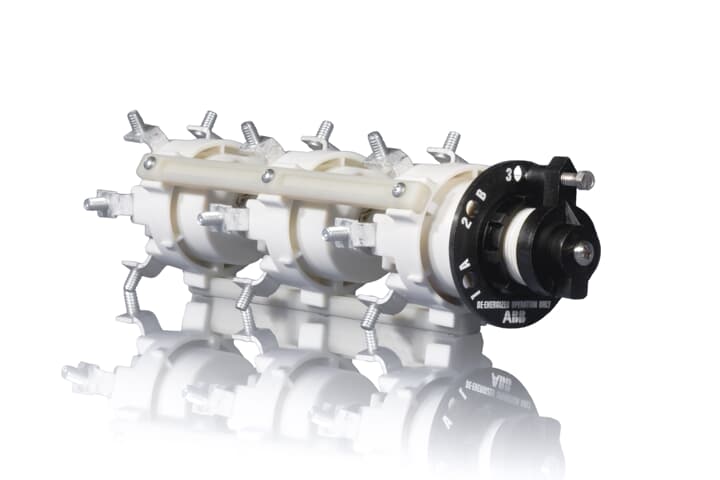
Figure 9: De-energized tap changer
10. Insulating liquid
The insulating fluid in the substation's transformer station is the conventional transformer oil, the R-Temp ™ liquid, or the Envirotemp ™ FR3 ™ liquid. When makeup liquid is required, use only liquid approved of the same type in the transformer.
It is important to always check the transformer's appropriate liquid level by periodically observing the liquid level meter.
Besides, the dielectric strength of the insulating liquid must be maintained at a high value. Liquid samples should be sampled and tested within a week of energizing and years thereafter.
11. Breather of Transformer
When a temperature change occurs in a transformer insulation oil, the oil expands or contracts and there is an air exchange that also occurs when the transformer is fully loaded. When the transformer is cooled, the oil level drops and air is absorbed inside. This process is called breathing and the apparatus that travels through the air is called breather. In fact, the silica gel snorkel controls the level of moisture that gets into the electrical equipment during volume changes of the cooling medium and / or outdoor space due to increased temperature.
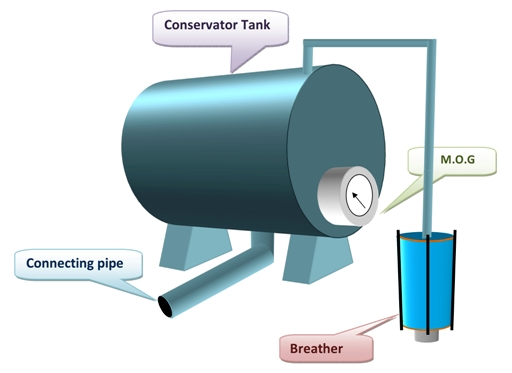
Figure 10: Breather in a transformer
12. Conservator Tank of a Transformer
This is a cylindrical tank that is mounted on a support structure on the roof of the transformer main tank. When the transformer is loaded, the temperature of the oil increases and thus the volume of oil in the transformer increases. Again; when the ambient temperature increases, so does the volume of oil. The transformer storage tank provides enough space for the oil to expand. The transformer tank also acts as an oil storage tank.

Figure 11: Transformer conservator tank
13. Explosion Vent of Transformer
The purpose of the blast vent in a transformer is to prevent damage to the transformer tank due to excessive release of pressure generated inside the transformer.

Figure 12: Explosion vent in a transformer
14. Radiator of Transformer
Oil-immersed transformers are always provided with a radiator. In the case of power transformers, the radiators are removable and transported separately to the site. The upper and lower parts of the radiator are connected to the transformer tank via the valve. These values are provided to prevent oil leakage during the radiator removal from the transformer for cleaning and maintenance purposes.
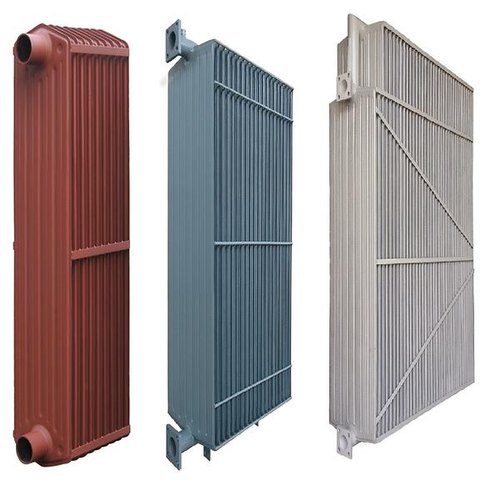
Figure 13: Transformer radiator
Conclusion:
For each country, there are some differences between types of transformer accessories. As a Vietnam transformer manufacturer, we can design and add many types of accessories to the transformer to satisfy international customer demand. If you need a quotation for your transformer. Please contact us info@mbt.vn or hotline: + 84 913006538






